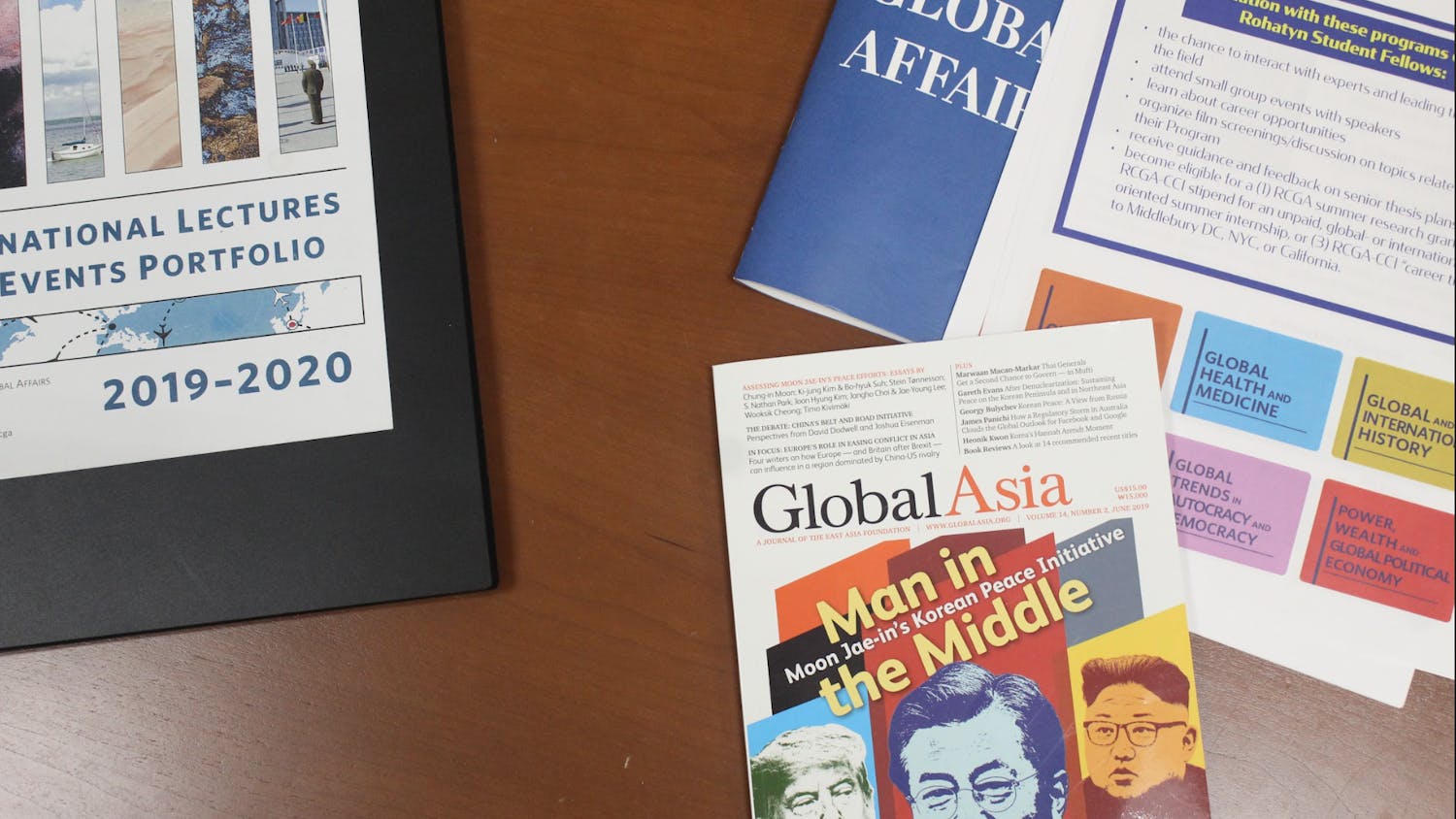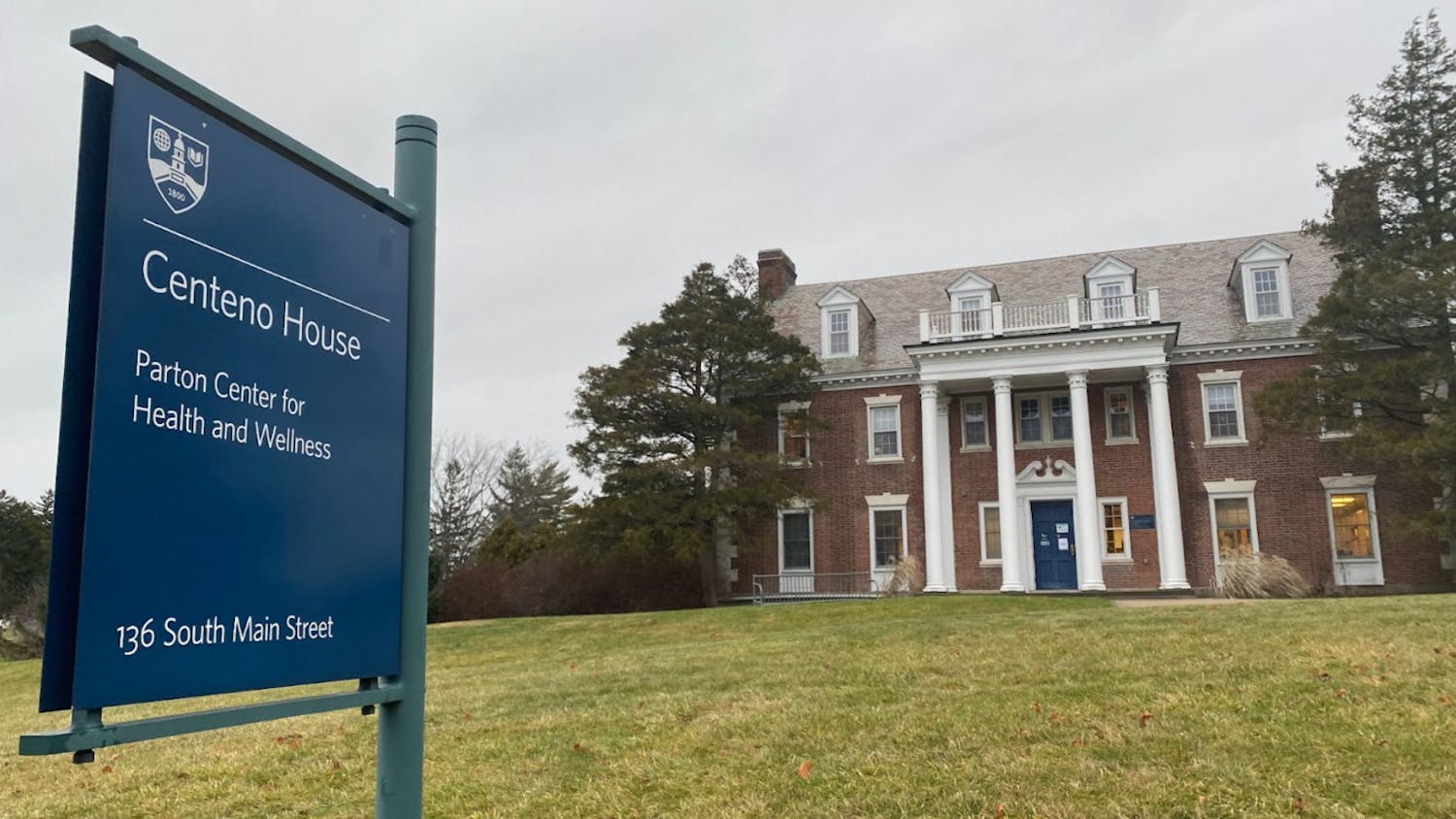Next week, Middlebury’s Board of Trustees will meet to discuss, among other things, tuition for the 2023–24 academic year. They will almost certainly increase tuition, in keeping with the trends of past years. Tuition increased by 4.5% last year and 2.5% the year before.
The Campus has called for increased transparency regarding the college’s spending and continues to do so, but it is also vital to ensure that Middlebury is truly affordable — even if the number on the price tag must rise.
Currently, 51% of Middlebury students receive financial aid, and the college offers need-blind admissions with a commitment to cover all demonstrated need. However, in addition to grants, which don’t need to be paid back, the college’s financial aid packages include loans and work-study programs.
While the college is nominally affordable under these policies, students still must sacrifice part of their college experience to commit to work-study jobs and leave Middlebury with unwieldy loans to repay. For most colleges, particularly private schools that are not primarily supported by state funding, tuition hikes are par for the course. They will quite likely remain a fact of life at Middlebury. Inflation and increased interest rates mean that the costs of running the college increase as well.
With this in mind, we would love to see clearer breakdowns of how the college makes financial decisions and where it spends its money, including a more detailed description of where the revenue from tuition increases is used. We understand that price increases are not arbitrary. Nonetheless, the college can and should reevaluate how it supports students financially as tuition continues to creep skyward to the detriment of those on financial aid and prospective students considering whether they will be able to afford a Middlebury education.
One of Middlebury’s peer institutions provides a compelling example. This academic year, Williams College committed to transitioning away from loans and work-study, relying instead on an entirely grant-based financial aid system. The move is an attempt to provide all Williams students with an equitable experience.
If Middlebury took similar action, then all students could graduate debt-free, as well as fully engage in the Middlebury community and their studies without the strain of a work-study job. Admittedly, moving to an entirely grant-based system would be expensive; Williams’ initiative will cost them $6.75 million a year, a move that is more realistic for Williams, which has a much larger endowment than Middlebury does.
However, Middlebury could take notes from Williams in other ways. Unlike Middlebury, Williams covers textbooks and offers heavily-subsidized summer storage for all students on financial aid.
We also suggest that Middlebury make its financial aid offices more accessible to students. One possible strategy would be to require that students meet with their financial aid officer at least once per semester. Such a requirement would take the burden of reaching out off of students, particularly those from marginalized backgrounds who may find it more difficult to do so. Additionally, ensuring students are informed and connected to the office might make it easier for them to petition their aid packages, an action that many don’t even know is available to them.
If Middlebury wants to tout its financial aid policies, it needs to make sure that those policies actually benefit students in the long run and foster diversity as much as possible. With the likely tuition increase approaching, we ask that the college not only communicate openly about how it uses its money, but also think carefully about how this new revenue can support students on financial aid.




